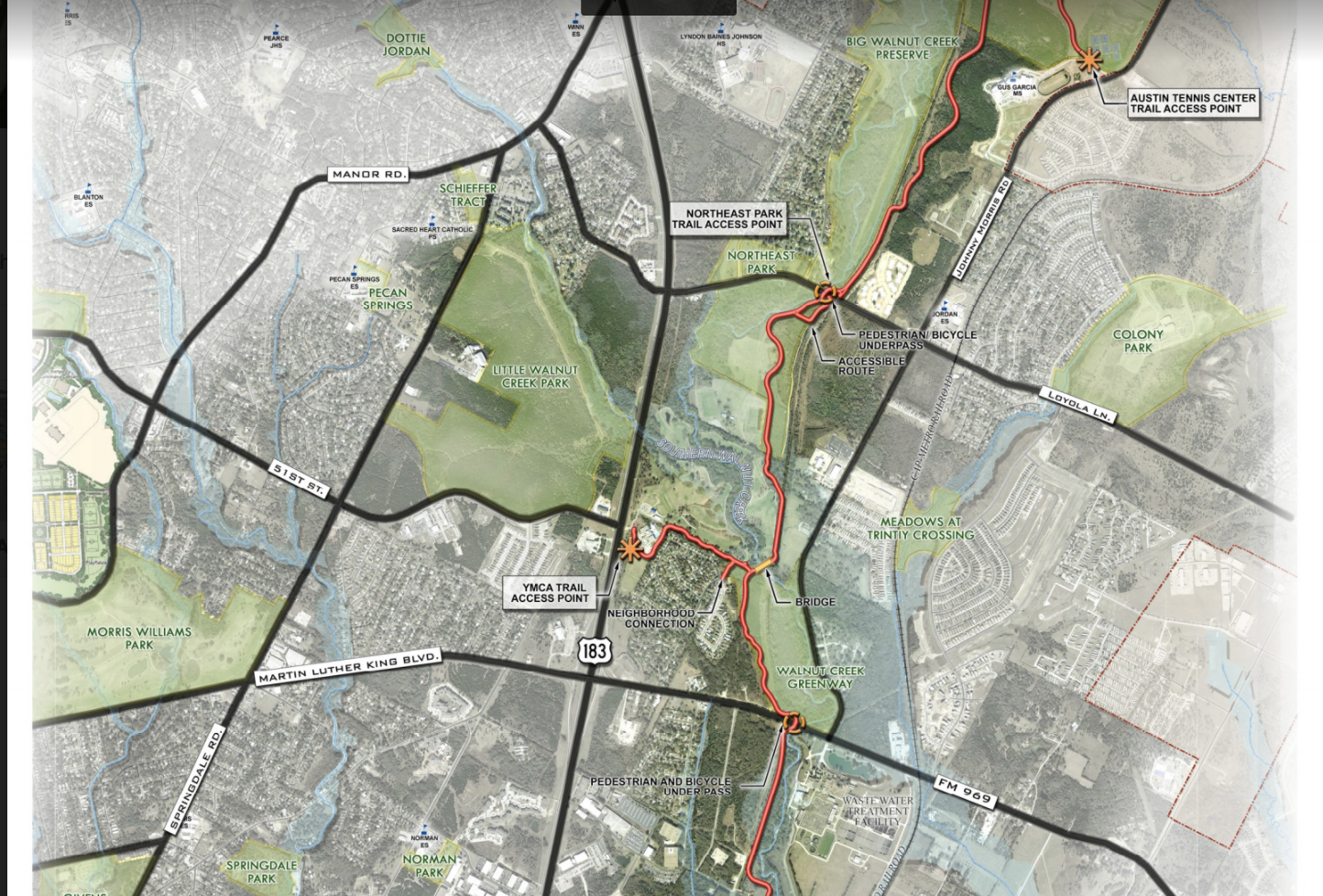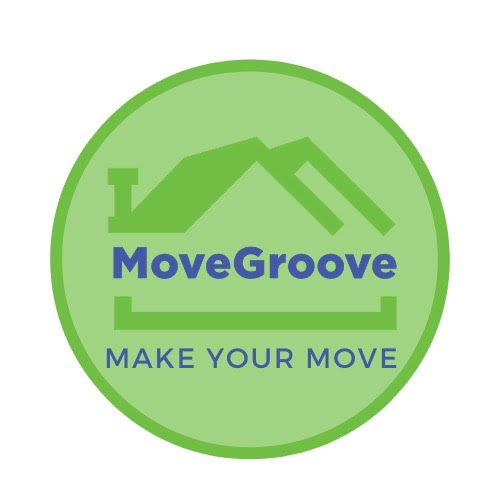
What Trends Should We Expect For 2019?
As the world becomes more connected the market becomes more complex and fast paced, change can happen quickly. As a real estate professional or investor it's important to keep tabs on the trends that are shaping the market today. I'd like to share with you some trends that I expect to see this year, and I'd love to hear your feedback!
1. Continued Expansion of Secondary Markets like Austin
As Gateway cities like New York and San Francisco become more expensive, we expect the continued migration towards secondary markets like Austin. Secondary markets are now able to provide large employers with the talent pool they need at a lower cost than the traditional superstar cities, and talented individuals are able to achieve the quality of life they want. This trend is expected to continue for the coming decades as gateway markets become less crucial, especially for the tech sector that ships product virtually. In addition to the ingress of techies from gateway cities, the available pool of tech jobs is also projected to grow more than 70% faster than the overall job market. Here are the top 10 markets for overall real estate prospects for 2019 from ULI:
DFW
New York - Brooklyn
Raleigh/Durham
Orlando
Nashville
Austin
Boston
Denver
Charlotte
Tampa/St. Petersburg
Out of all these markets, however, Austin is likely to face less volatility during a downturn.
Austin has the highest projected employment growth and is one of the most stable markets to boot. Additionally many of the new jobs will be high paying tech jobs. As Austin starts hitting the radar of major international investors this stat whould poise Austin well to transition from a small city (on a global scale) to a larger city. But can we handle the growth?
2. Transition From Monocentric To Polycentric
Austin clearly is poised for high growth over the next decade or so, but we'll need to get creative logistically to make the city work for everyone. Dense urban cores make cities great by providing an opportunity for meetings, idea exchanges, and other serendipitous occurrences to happen. The back-to-the-city movement beginning in the early 2000s really was less of a new trend than a reversion to the mean. From a bird's eye view of human history, the suburbs really are an unnatural phenomenon caused by urban decay from the Industrial Revolution. As modern jobs tend to be more in services and less in manufacturing, the city once again is a great place to live.
As a result the demand for housing in the urban core greatly outweighs the supply. So where to go from here? The general consensus is now to build multiple urban cores, and it's not just an Austin thing. North Austin locations like The Domain and Robinson Ranch (with new Apple Campus) will quickly become urban cores in their own right.
3. New Ways To Get Around
Along with the transition from a Monocentric to Polycentric city, Austin will need to get creative with moving people around. I expect the Metro Rail to become more relevant in the coming years. As it stands it's not very convenient for most people to take the rail, as they have to drive down to the station and park. But as more retail, housing and office space is built around the Metro stops it will be very enjoyable to walk downstairs from your condo and take the metro rail to another stop where you office. And after work maybe you'll hop back on the rail and go catch a soccer game at the new stadium.
Last mile transportation methods like shared scooters, bikes, and car clubs will also help make this reality possible. I know, it's hard to imagine Texans not driving around in their cars! But as more density kicks in and other transportation methods are readily available and convenient, I think many will find themselves sitting in traffic less and less.
However, the car is certainly not dead! Infrastructure improvements are underway and will improve critical corridors and create new freeways. Along with highway developments we will start seeing more and more corridor improvements from the 2016 mobility bond, shown below.
Last but not least, I am MOST excited about the G Loop. This G loop will consist of an extenstion of the Shoal Creek Trail that will make biking from Downtown to The Domain a reality. There will also be a bike trail extended around the city, shown in green below. In conjunction with the Metro Rail, you can start to see how public transportation becomes a much more feasible method of connecting urban centers.
4. Holistic Pro Formas From Institutional Players
It's no secret that real estate tends to lag other industries in technology adoptions. However, better data analysis is quickly being adopted by savvy developers and investors alike when making decisions. Not only are they using more data when making considerations, but they are also using more relevant data to make their assumptions. In conjunction with cash flow projections, there is an increasing focus on nonfinancial measures and the combined uses of coworking facilities, retail. last-mile logistics and placemaking elements like affordable housing, community centers, public spaces, and childcare facilities. Developers are recognizing that long-term profit requires looking past the 3-5 year IRR and the focus should primarily be making great spaces.
If the institutional investors are increasingly considering qualitative data when making investment decisions, you probably should too!
As a side note, co-living spaces are another trend to keep an eye on this year.
5. Late Cycle Shenanigans
Yes, it's no secret that we are late in the cycle. At this time there does not seem to be any sign of hypersupply on the whole as inventory still cannot keep up with demand. In this cycle we've seen a much more conservative approach to development following The Great Recession, although it will be worth keeping an eye on over the next 2-3 years to see if bankers and developers start to ease up and take on more risk.
Although there is no sign of hypersupply on the whole, I think there's a possibility of too much supply in Austin specifically in student housing in West Campus, self storage and downtown luxury high rises that are largely being bought by foreign investors seeking capital flight. Again I don't have a crystal ball and could very well be wrong, if you disagree give me a call! Would love to hear your perspective.
6. Workforce Housing
Workforce housing will continue to be very in-demand. As the American middle class continues to shrink, it's becoming increasingly more difficult to find affordable housing for a growing majority of Americans. Austin is in a unique position to take the right approach to this new dynamic and is doing a great job. Due to the high growth in property values resulting from a productive workforce, Austin now has the tax dollars to provide for affordable housing subsidies. Developers are now able to deliver affordable units at a discounted rate to qualifying residents through Austin's Affordable Housing Program. If you'd like more information on how you can take advantage of this program let me know!
By building inclusive communities that lead to a better educated workforce, we can ensure that every child that grows up in Austin has an opportunity to learn the skills necessary to tap into the tech jobs and rise with the tide. By having a better pool of human capital, we won't have to indefinitely depend on talent moving here from other cities - at some point the influx will plateau.
As it stands, however, these tax subsidies will not be enough. Even if your primary motive is ROI, I expect workforce housing to deliver some of the best returns over the next 5-10 years due to an extreme shortage. Creating great spaces for families in the 60-100% Median Family Income range will deliver exceptional returns.
Whether you're a real estate professional, investor or friend I hope you found this helpful and I look forward to hearing your thoughts!
Cheers,
Alex Bartram
Broker/Owner MoveGroove Real Estate
